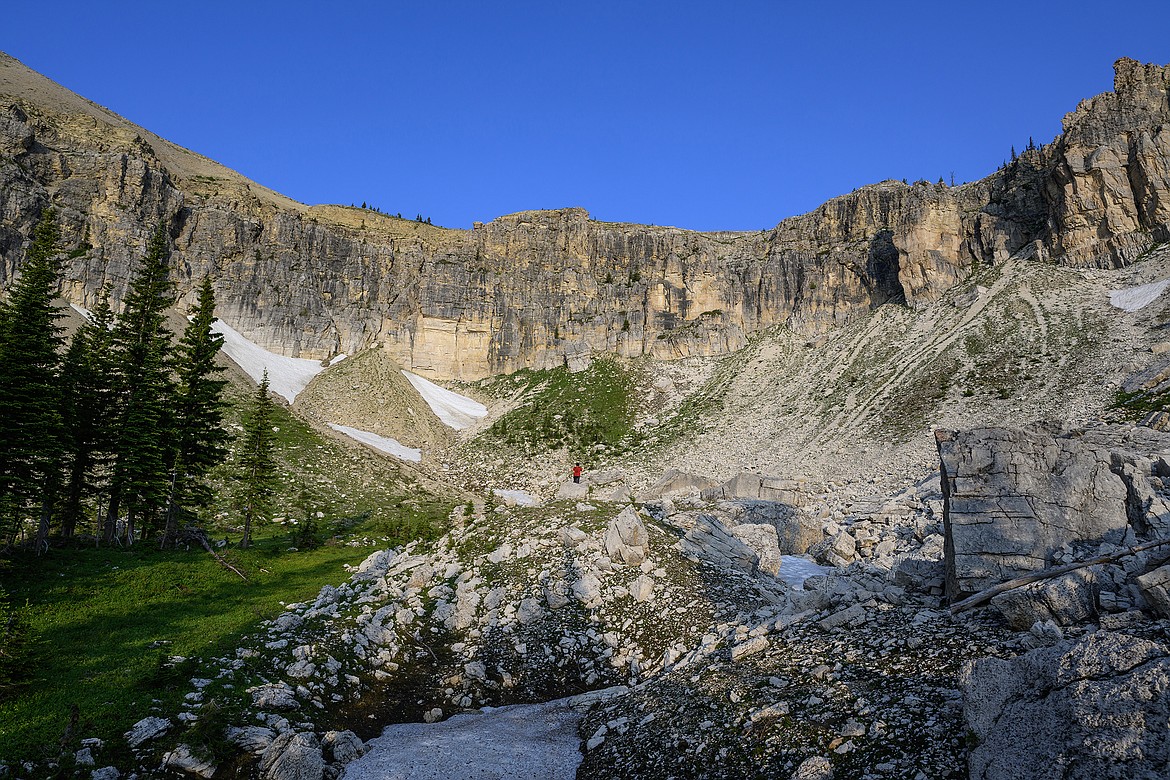Forest Service extends public comment on Bob outfitter permits
After some feedback, the Forest Service has extended the deadline to comment on renewing the outfitter and guide permits for the next 10 years until Feb. 16.
The Forest Service announced it was going to renew 62 permits for the Bob Marshall Complex, which included two for the Badger-Two Medicine region just north of the Bob, earlier this year.
But the announcement was thin on details — they didn’t initially release the number of outfitters or where they operated and what services they provided.
That brought the ire of critics.
Keith Hammer, chairman of the Swan View Coalition, was one of the concerned public, noting that the initial scoping notice required all comments “must be site specific” and yet the notice provided no listing of the permits being considered for reauthorization, where they are located, or any other specifics about them.
The new notice now lists the outfitter, latitude and longitude coordinates for their permitted camps in the wilderness and what district they’re permitted to operate in.
Outfitting services run the gamut — some offer hunting and fishing trips, other horseback, other hikes and seven of them offer flights to Schafer Meadows.
All told, outfitters are authorized to guide 30,000 service days annually across the 1.6 million acre complex, noted Michael A. Muñoz, Rocky Mountain District Ranger.
Muñoz is spearheading the effort for the Forest Service and is a 25-year veteran. The Hungry Horse Ranger District has four permits, the Spotted Bear District 30; Swan Lake two, Rocky Mountain 20; Lincolm three and Seeley Lake three.
Outfitters do pay fees for the permits, though Munoz didn’t know what the total figure was off the top of his head, he said in an interview.
The bulk of the fees go back to the Forests where they originated and are used for trail maintenance and other projects. Muñoz noted that outfitter camps should be posted as such, so users know who has the permit. If they aren’t posted, the public can use the camps if they’re vacant, he noted, which is a popular misconception.
The outfitter permits have come to more public scrutiny as of late after former Spotted Bear District Ranger Scott Snelson claimed he was removed from his position for pulling a permit of an outfitter on his district for allegedly violating wilderness regulations. Snelson was transferred to a post at the Flathead National Forest headquarters for several months until he retired last fall.
Muñoz said he has had to pull permits from outfitters on his district in the past. This public process is could shine a light on any potential problems with an outfitter, it also serves an an opportunity for the public to endorse an outfitter.
Not all outfitters are for profit, either. The Nature Conservancy and the University of Montana, for example, have permits as does the Lutheran Bible Camp.
Most of the existing wilderness outfitter permits are due to expire in April 2025; and if authorized again, the new permits would be issued for a new term from 2025 to 2035.
Outfitters cannot ask for more services under the permit renewal, the Forest Service notes.
“The scope of this proposal is limited to the existing outfitter and guide permits, and the
associated priority use allocation systems and currently authorized assigned sites as established
in the current permits. It is beyond the scope of this proposed action to consider additional assigned base camps, assigned spike camps, or to change current use within seasons or overall use levels,” the scoping letter notes.
Visit: https://www.fs.usda.gov/project/hlcnf/?project=65359 to learn more about the project and find information on how to submit comments. The deadline to submit a comment is now Feb. 16, 2024.

